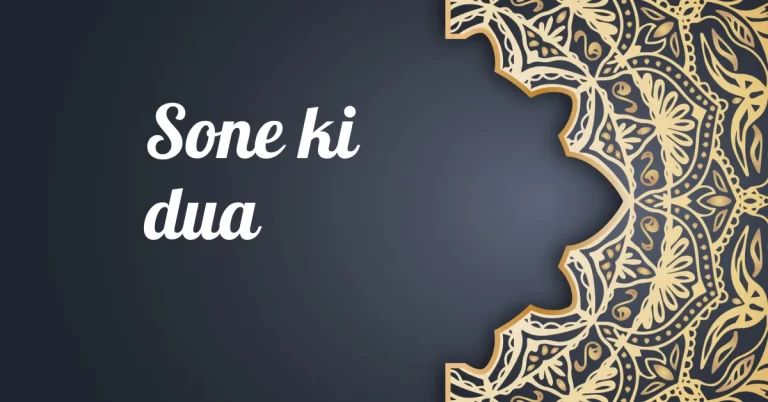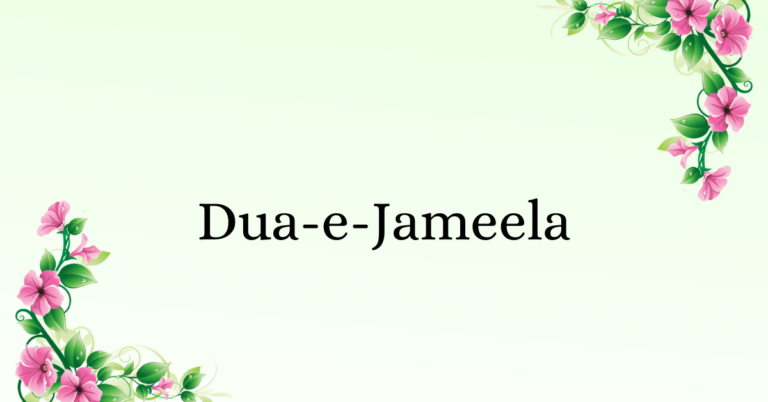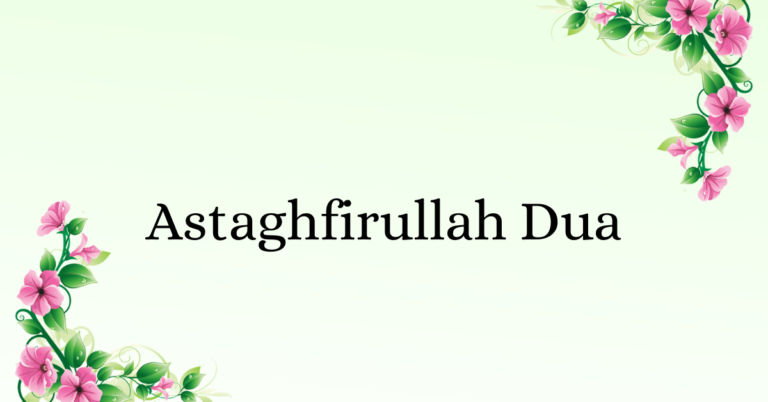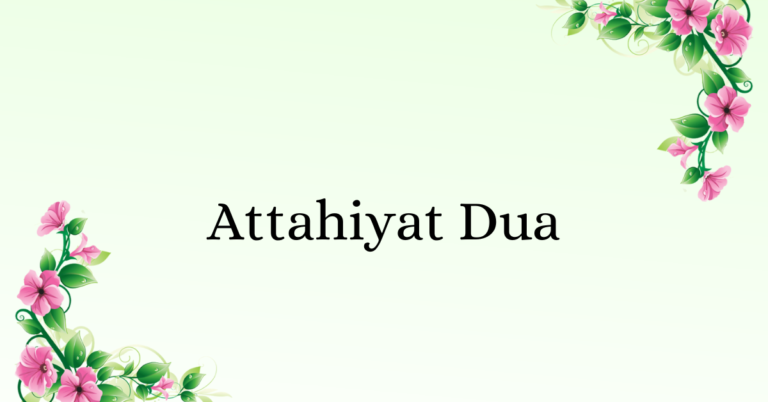Dua-e-Qunoot: A Powerful Supplication for Divine Guidance and Protection
Dua-e-Qunoot holds a significant place in Islamic prayers, serving as a heartfelt supplication to seek Allah’s guidance, protection, and mercy. This powerful invocation is recited during the Witr prayer, usually performed after the Isha prayer. In this article, we will explore the meaning, importance, and method of reciting Dua-e-Qunoot, as well as its historical context.

Understanding Dua-e-Qunoot: A. Definition:
Dua-e-Qunoot refers to the specific supplication recited in the final Rak’ah (unit of prayer) of the Witr prayer. B. Linguistic Analysis: The word “Qunoot” is derived from the Arabic root “q-n-t,” which means obedience, humility, and devotion. C. Invocation of Allah’s Assistance: Dua-e-Qunoot primarily involves beseeching Allah for His support, guidance, forgiveness, and protection.
Importance and Benefits of Dua-e-Qunoot
A. Prophetic Tradition: Although not explicitly mentioned in the Quran, Dua-e-Qunoot has its roots in the teachings and practices of Prophet Muhammad (peace be upon him). B. Expressing Humility and Dependency: By reciting Dua-e-Qunoot, believers demonstrate their recognition of their reliance on Allah and their submission to His will. C. Seeking Divine Mercy and Forgiveness: Dua-e-Qunoot allows supplicants to implore Allah’s mercy, seek forgiveness for their sins, and ask for redemption. D. Protection from Calamities and Guidance: This supplication serves as a means of seeking divine protection from trials, tribulations, and uncertainties, while seeking Allah’s guidance in making righteous choices.
The Historical Context of Dua-e-Qunoot
A. The Incident of Al-Ghazwah al-Khandaq (The Battle of the Trench): Dua-e-Qunoot gained prominence during the time of Prophet Muhammad (peace be upon him) when the Muslim community faced severe challenges during the Battle of the Trench. B. Seeking Allah’s Intervention: In the face of imminent danger, the Prophet Muhammad (peace be upon him) led the Muslims in reciting Dua-e-Qunoot, seeking Allah’s assistance and protection. C. A Timeless Supplication: Inspired by the Prophet’s actions, Dua-e-Qunoot became a regular practice in the Witr prayer, serving as a constant reminder of the believers’ need for divine intervention.
Method of Reciting Dua-e-Qunoot
A. Position during Prayer: Dua-e-Qunoot is recited after the ruku’ (bowing) and before the sujood (prostration) in the final Rak’ah of the Witr prayer. B. Supplication Content: The supplication can vary, but commonly includes prayers for the Muslim ummah, forgiveness for the believers, and guidance in following the path of righteousness. C. Recommended Verses: Some scholars suggest reciting specific verses from the Quran, such as Surah Al-Fatiha and Surah Al-Baqarah, before and after Dua-e-Qunoot.
Conclusion
Dua-e-Qunoot holds a special place in Islamic prayers, providing a platform for believers to express their humility, seek Allah’s guidance, protection, and mercy. Rooted in the teachings of Prophet Muhammad (peace be upon him), this supplication serves as a reminder of the believers’ dependency on Allah and their continuous quest for righteousness. By incorporating Dua-e-Qunoot into our prayers, we strengthen our connection with the Divine and find sol
To learn more, please visit Masnoon Dua’s





